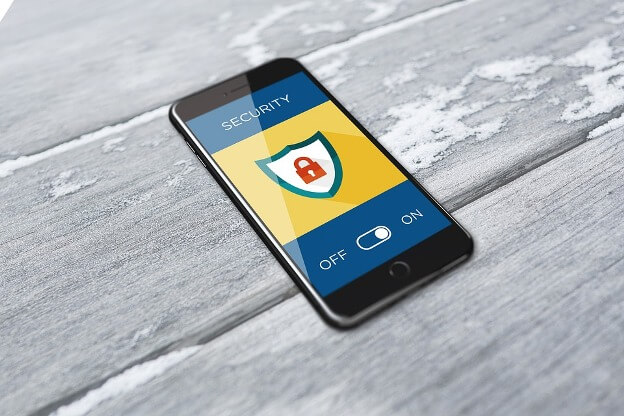In the past, malware was considered a huge threat to desktops and laptops. Unfortunately, the problem has now reached mobile phones as well.
As mobile devices gain popularity, the number of programs designed to exploit these gadgets has also increased. Malware specific to Android OS has grown to about 97% of all mobile malware threats. The culprits of these unlawful activities design their programs to target Android mainly because it holds the highest market share of the mobile phone industry.
While security for computers and laptops have strengthened through time – by way of security suites and anti-virus programs – less attention is given to security on mobile devices. Make no mistake about this: since the mobile phone practically has the same capabilities of a computer, you need to pay just as much attention in taking similar consideration for your mobile device.
How Malicious Software Gets Into Your Mobile Phone
The scope of malware includes computer viruses that affect your device in different manners. For starters, hackers can wreak havoc on mobile programs, disrupt normal functionality, or harvest private information.
Your mobile devices are likely to fetch malicious software through the following ways:
Downloading from untrusted sources
Not everything available on the internet is safe. As a result, you should wisely choose the sites to go to.
Clicking download links on suspicious sites
Some sites present useful information, but may include some links that would redirect you to a possible threat.
Rooting or jailbreaking your device
Malware can easily get full control of your mobile device, as rooting gives it an all-access pass to your device, thereby making it vulnerable.
Ignoring basic security practices
Some websites are configured to let you download an app without even clicking any download link. To keep this from happening, you may install software that can scan websites that you are browsing.
Mobile users may find the mobile phone protection that they need against possible threats, by getting Bitdefender Mobile Security for Android.
Many of us may focus solely on how to protect our phones physically. But more than that, we need to keep our phones safe and away from possible malware threats, which can affect not only your device but also your life.
Safety and Security Precautions for Mobile Devices
Here are some effective strategies to protect yourself and your mobile devices:
- Set a password or a lock screen security feature on your mobile device.
- Be careful with new apps. Some may seem harmless, but are actually malware in disguise. Be sure to check other people’s reviews regarding their experience in using the app.
- Always keep your OS and apps updated.
- Be careful with rooted phones. Some advanced users may root their Android devices to customize their phone or unlock certain features of some apps. However, this gives an opportunity for some apps to have root access as well. Apps running on rooted phones are more dangerous, as hackers can take over your entire phone, thereby giving them access to your contact list, banking information, accounts usernames, and passwords.
- Never save your password. Others can easily access all your online accounts if you accidentally lose your mobile device.
- Install a malware protection app on your mobile device to guard it from possible malware threats.
We all need to be cautious of the world around us. We sometimes neglect the small things and become unaware that simple things like app downloads can possibly destroy and affect our lives. Remember that criminals are just waiting for the right time to get you at your weakest.

Comments are closed, but trackbacks and pingbacks are open.